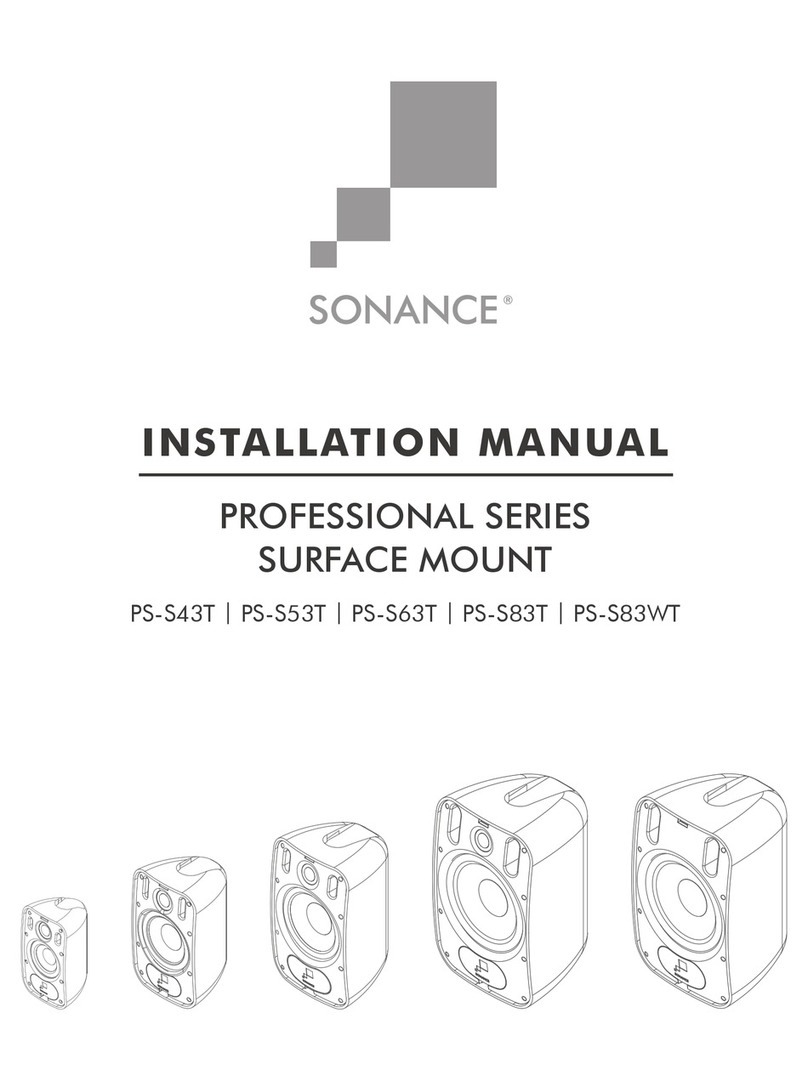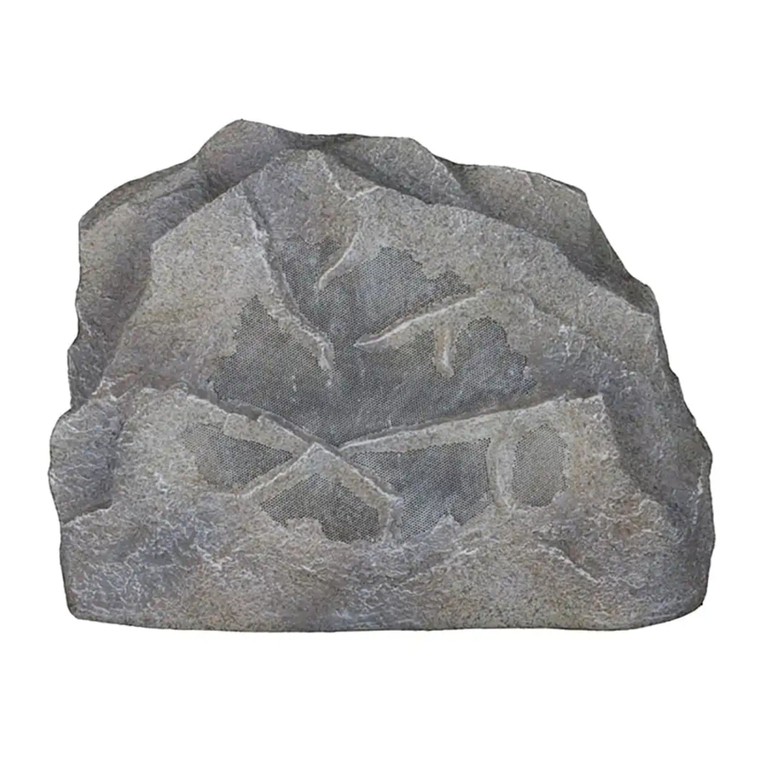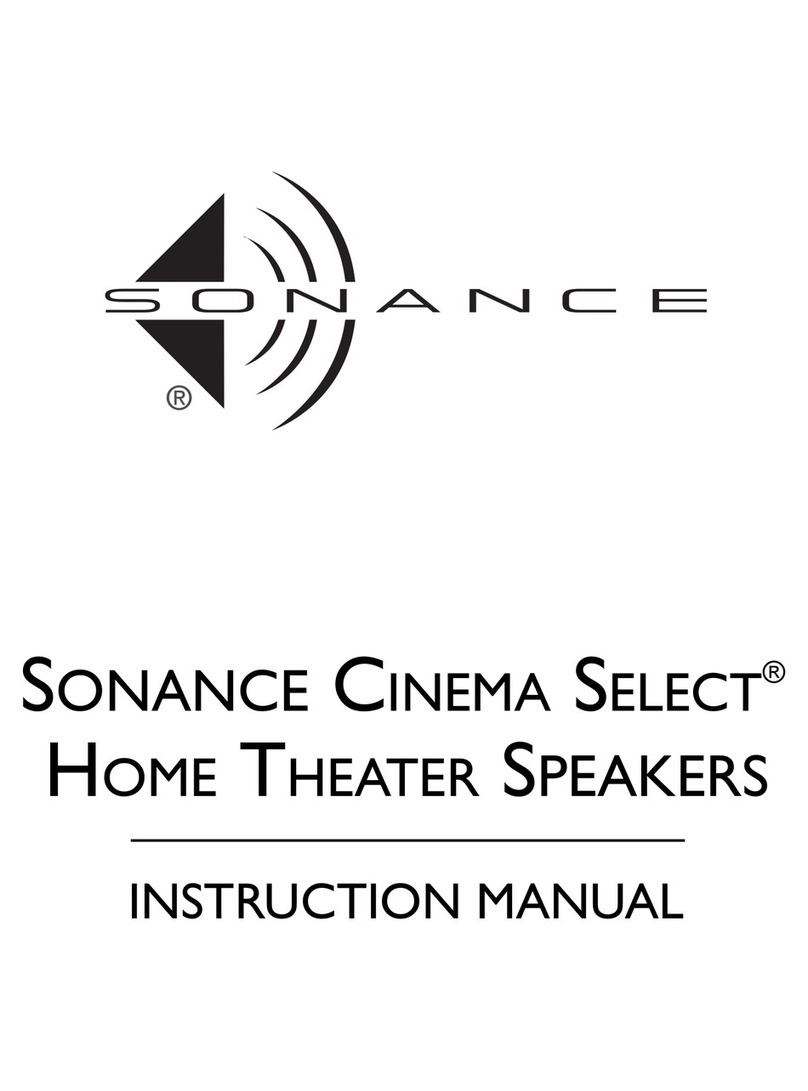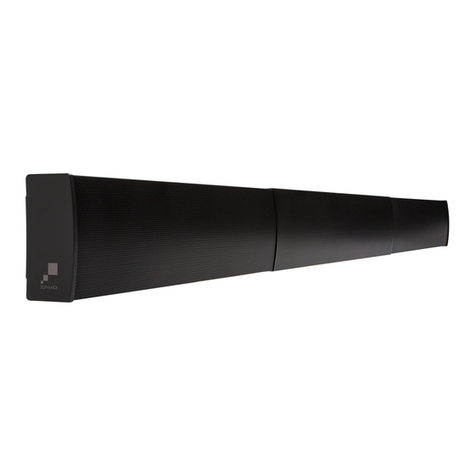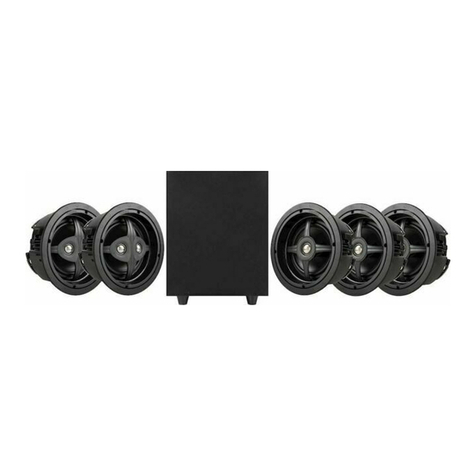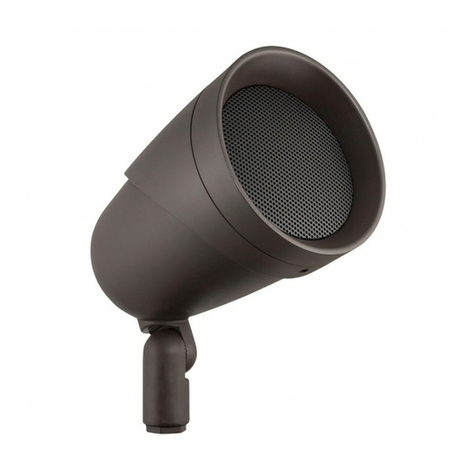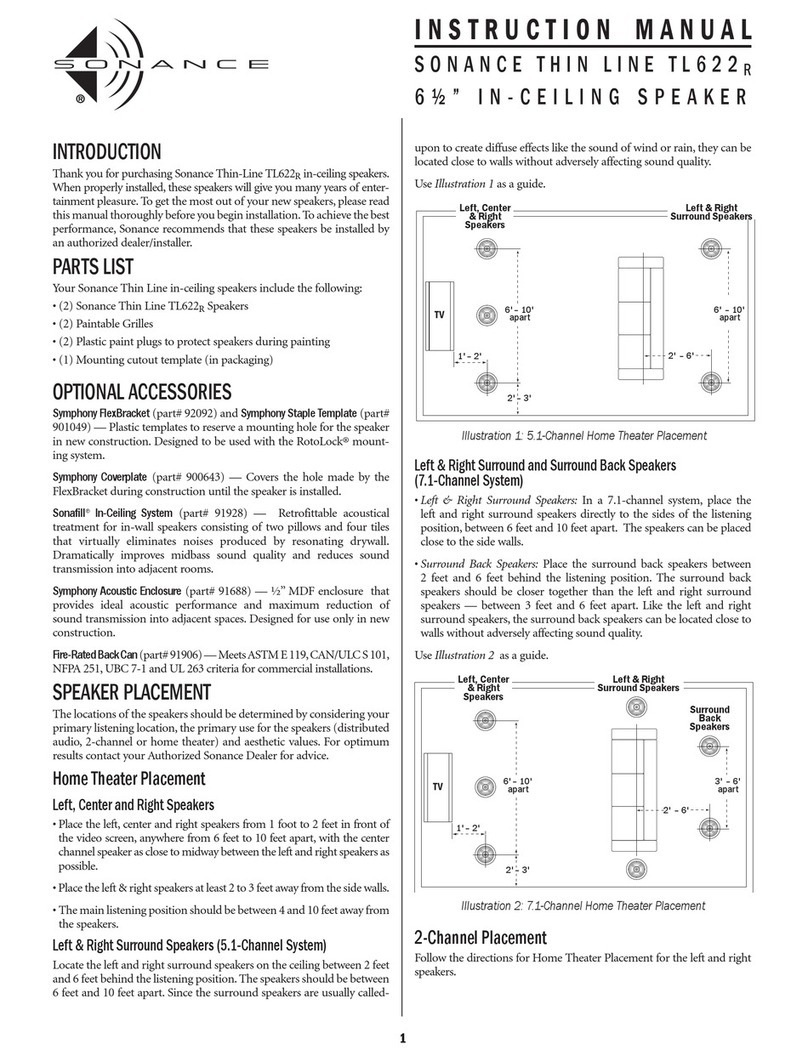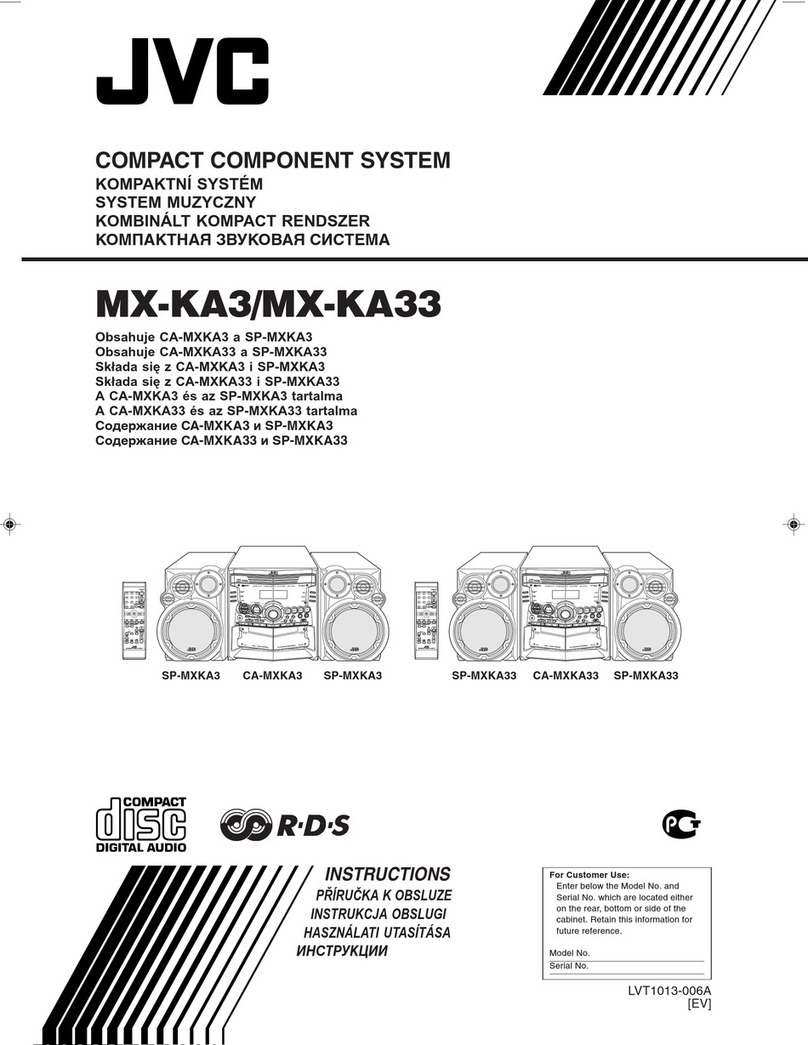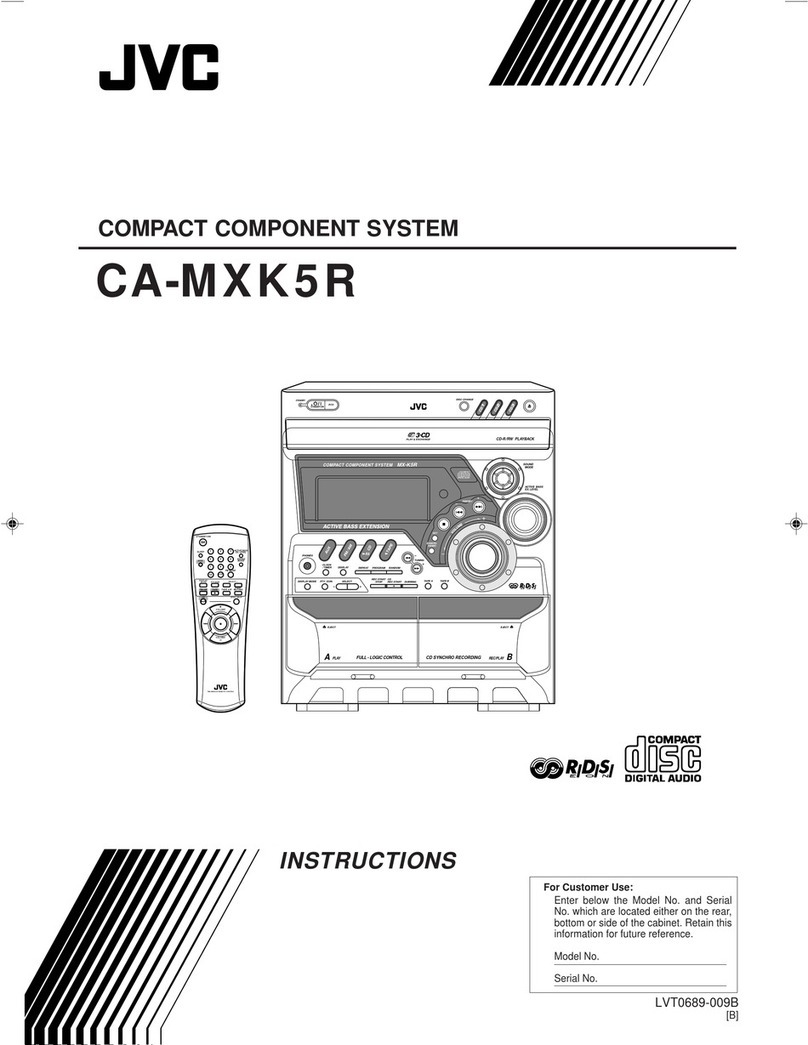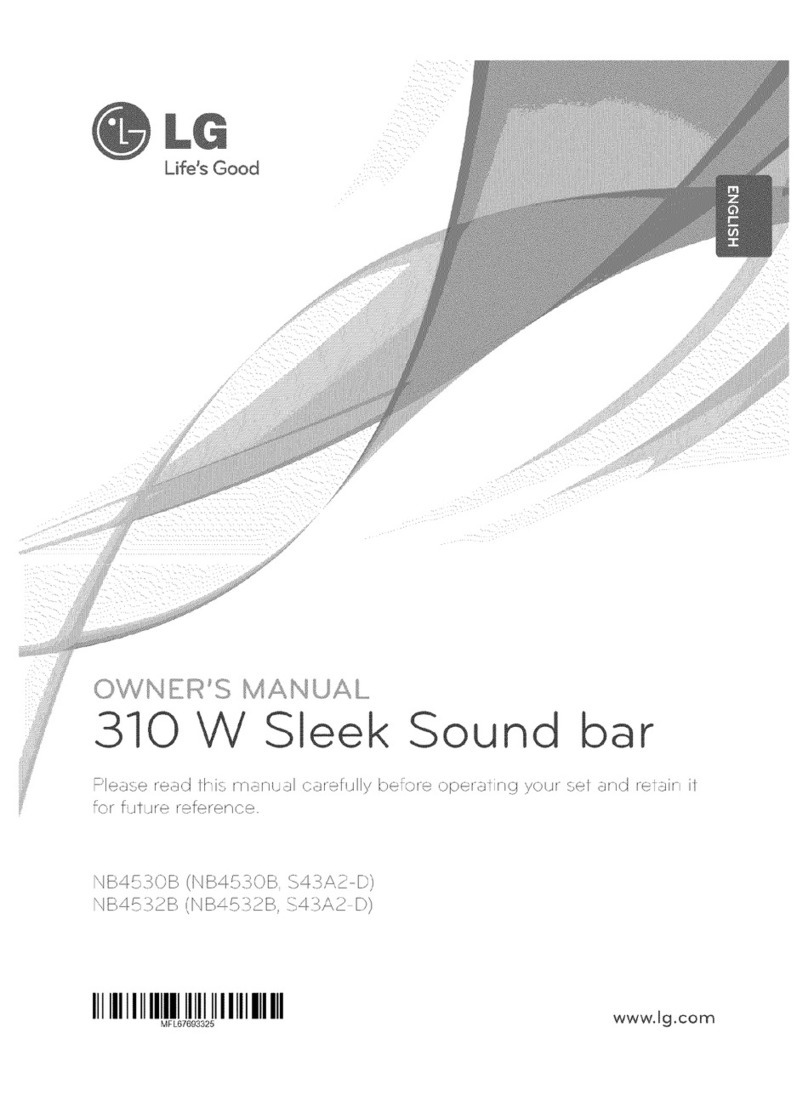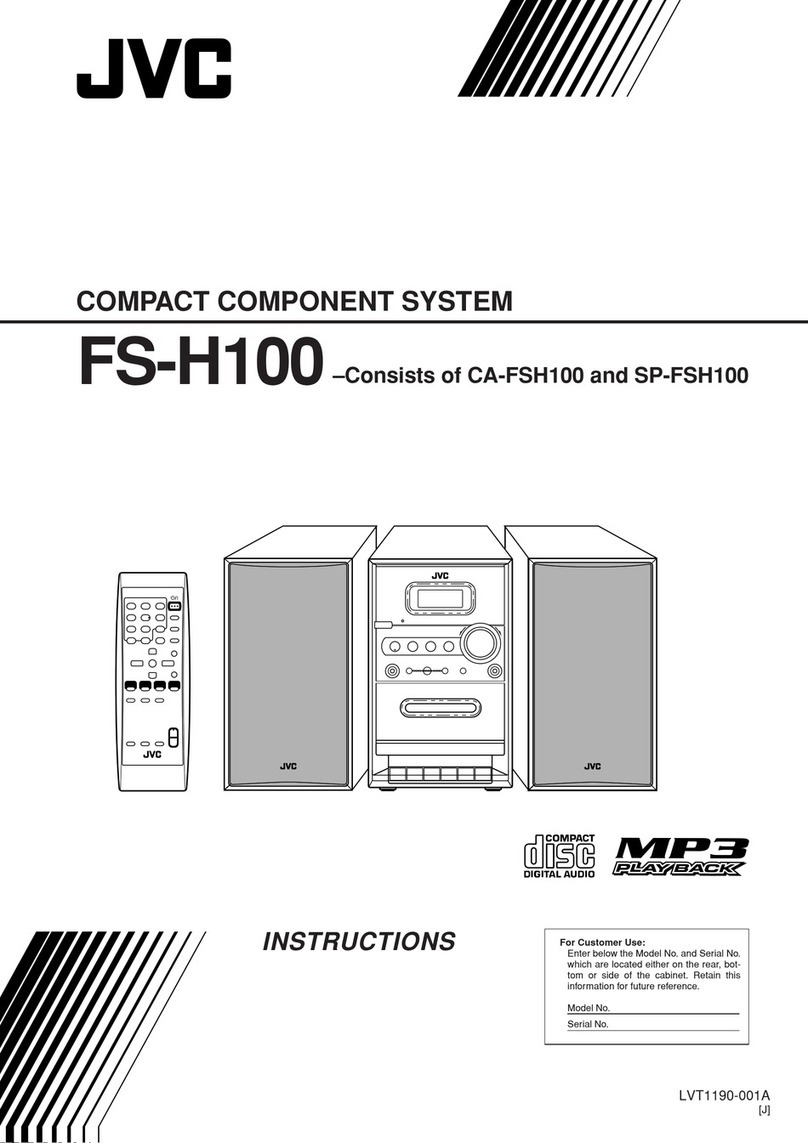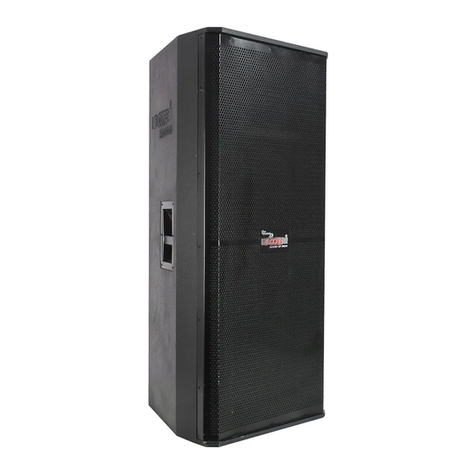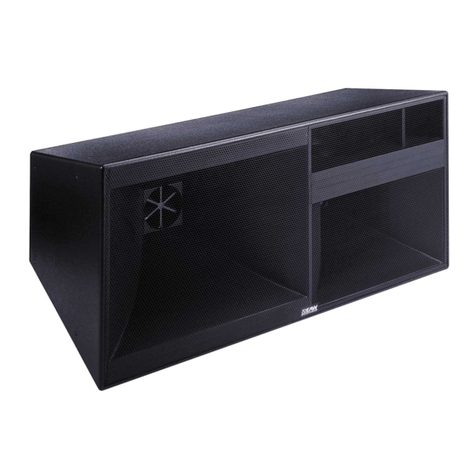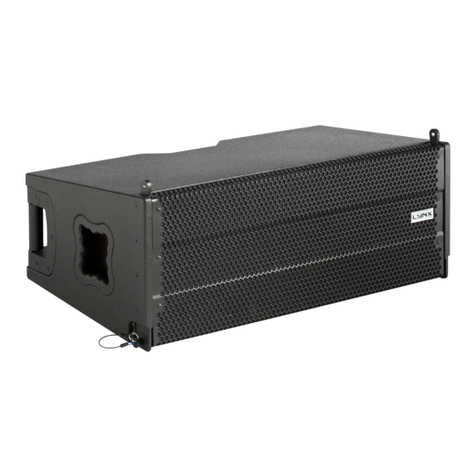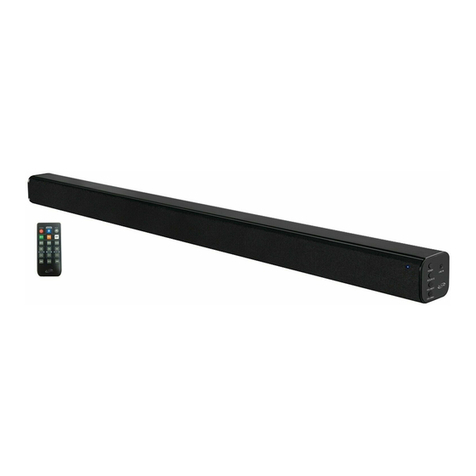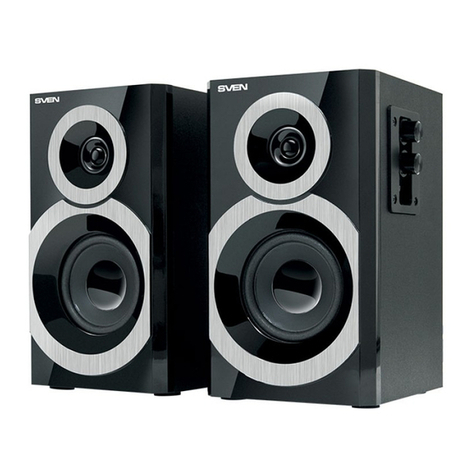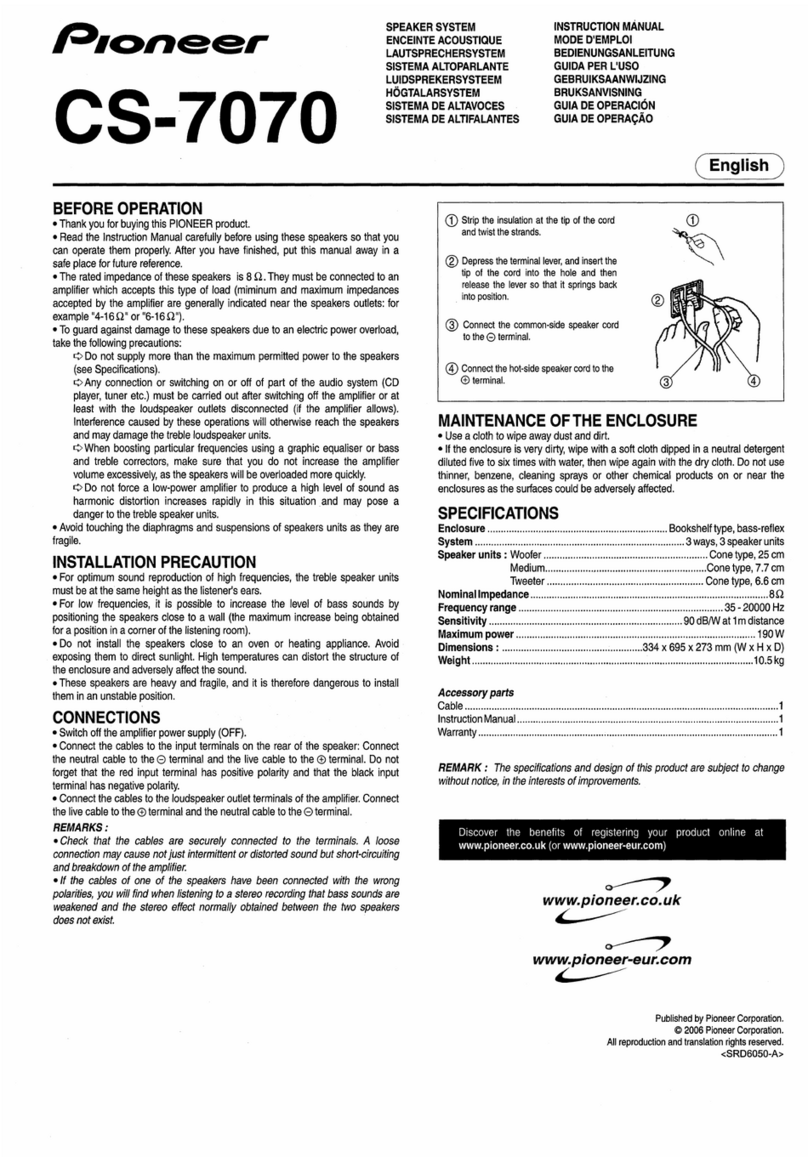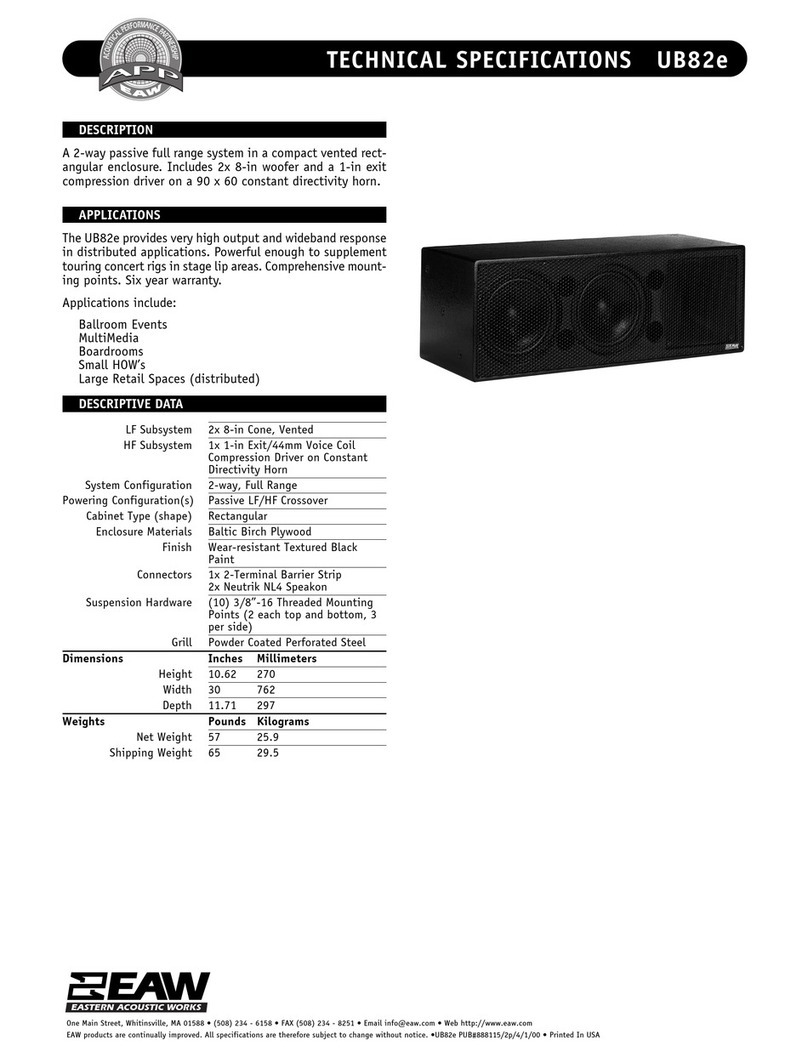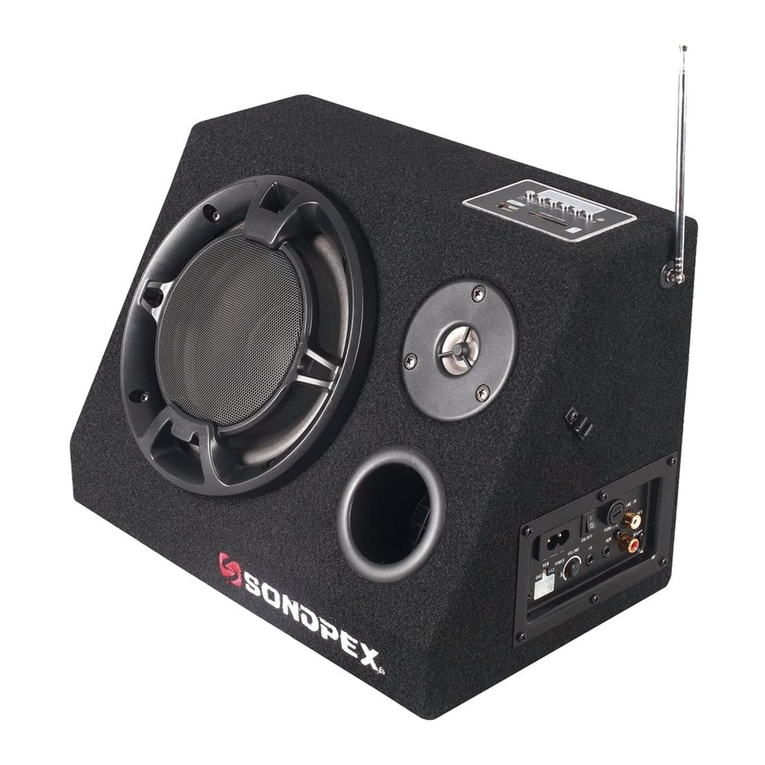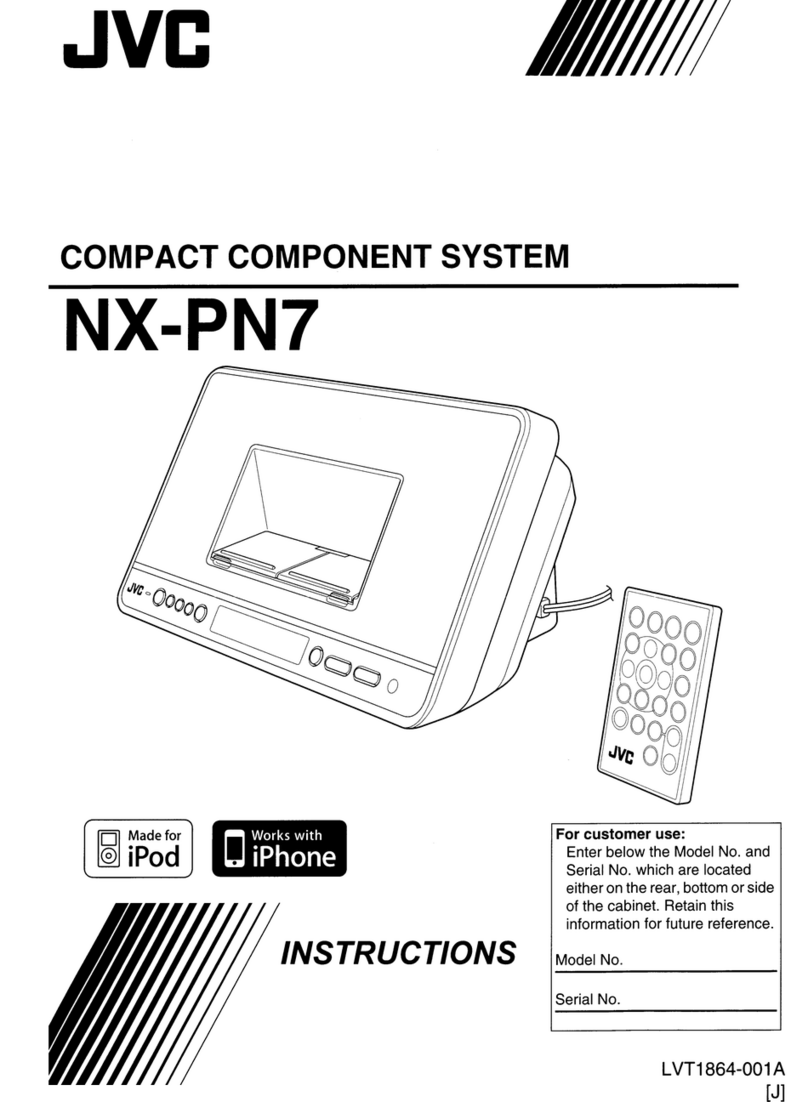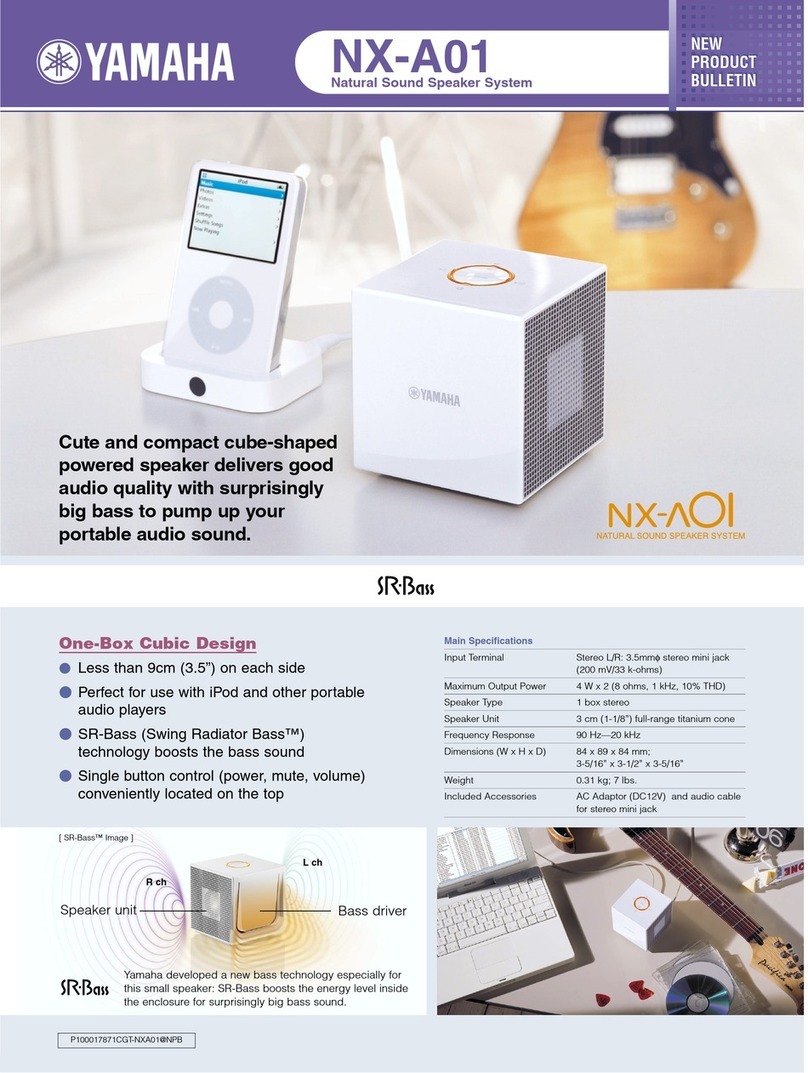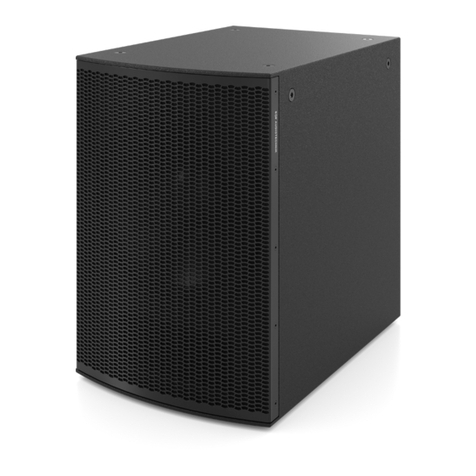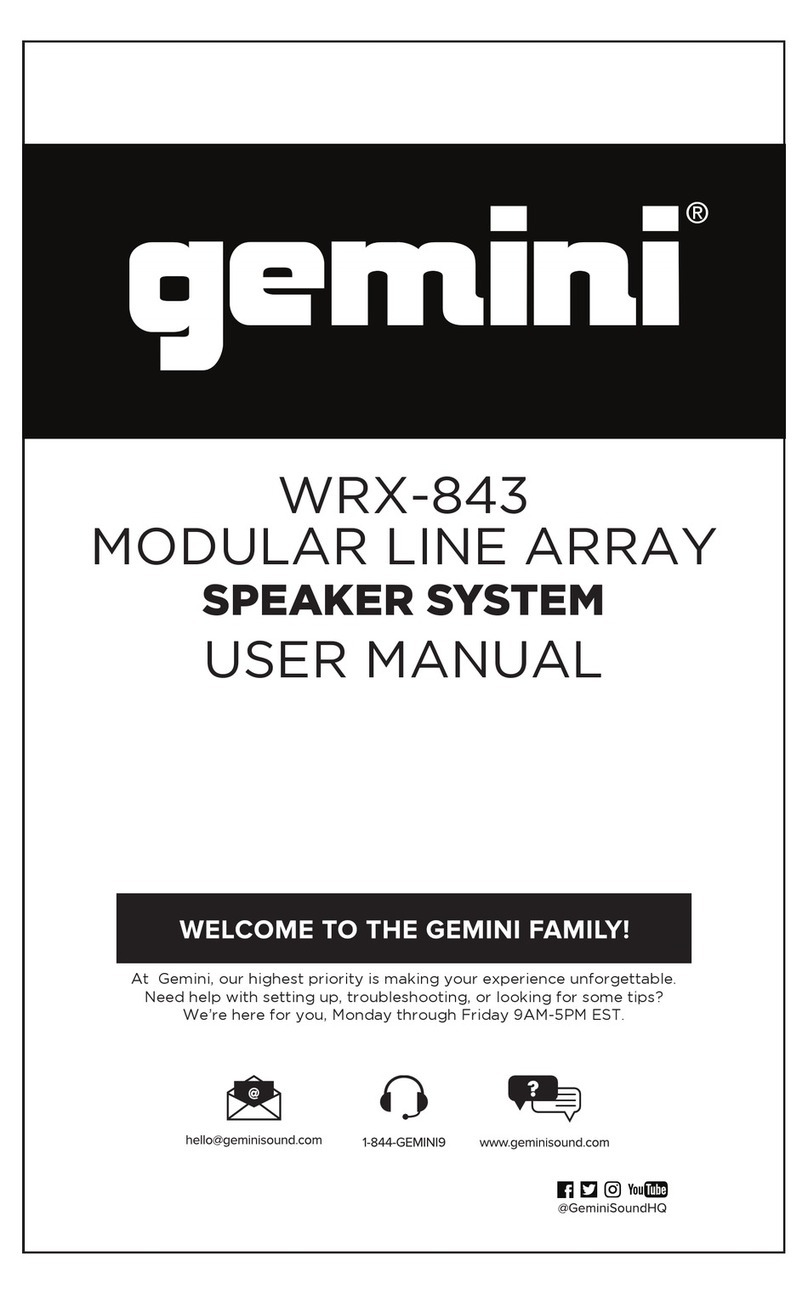Idon’t watch movies. That may
sound odd in a magazine called
The Perfect Vision, but really, I
don’t. I listen to them. I play them
on my DVD player, but my atten-
tion is always drawn to the sound,
not the picture. A well-recorded-and-
mixed movie soundtrack pulls me
into the story and makes me feel like
I’m part of the action far more than
the picture. Think about it: Home-
theater sound is a three-dimensional
experience, and video is presented in
two dimensions. Obviously a picture
is important to follow the story, but
good sound tells a story, too. And the
story the Sonance Cinema Ultra II in-
wall loudspeaker system tells is well
worth listening to.
Sonance is synonymous with
high-quality in-wall loudspeakers
and has built its business on this
foundation. Its most recent speaker
offerings are the Cinema Ultra II
Series, designed to appeal to the seri-
ous home-theater enthusiast. They
are built to THX Ultra 2 specifica-
tions, an enhancement of the THX
Ultra spec that optimizes perform-
ance for 5.1-channel music sources,
as well as movies. The THX Ultra 2
spec designates a 7.1-channel speaker
system with left, center, right, two
surround, and two surround-back
speakers.
The Cinema Ultra II Series speak-
ers are available in two models: the
LCR model for left, center, and right
front-channels, and the SUR model
for the left and right surround and
left and right surround-back chan-
nels. The LCR model is a direct-radi-
ating speaker with one eight-inch
black aluminum-cone woofer, two
three-inch black aluminum cone
midrange drivers, and a single three-
quarter-inch silk-dome tweeter. The
SUR model has the same woofer with
two midrange drivers and two tweet-
ers positioned to project sound for-
ward and backward into the listening
area. The midranges and tweeters are
connected in-phase, making this a
bipole rather than the more common
dipole speaker. Also, the tweeters and
midranges on the LCR and SUR
models can be rotated ninety degrees
for horizontal wall-mounting.
Sonance and THX recommend
installing two LCR speakers for the
surround-back channels if your sys-
tem will primarily be used for multi-
channel music sources, or two SUR
speakers if your system will primari-
ly be used for movies. More about
this later.
The only way to effectively evalu-
ate an in-wall loudspeaker is to
install it in a wall—or, in this case,
seven speakers in multiple walls. I
wasn’t enthusiastic about cutting
seven holes in my living room walls
to evaluate speakers and then patch-
ing the walls when the review was
completed. So, I built seven portable
walls using the same construction as
a typical interior residential wall. I
used two-by-four studs, five-eighths-
inch drywall on both sides of the
walls, and R-13 insulation inside the
walls. The size of each wall was thir-
ty-two inches wide by forty-eight
inches tall. With a two-by-four base
attached to the bottom for stability
the LCR speakers were positioned at
the height recommended for the best
sound. I used a taller base for the sur-
round and surround-back channels
to raise them to recommended
height. The portable walls were
heavy and not very attractive, but
they were certainly functional and
also allowed flexibility in “room
placement.”
The Sonance in-wall speakers can
be installed during new construction
or retrofitted into an existing wall.
For new construction Sonance offers
an optional FlexBracket that serves
as a guide for the drywall installer to
reserve a location for the speaker.
Installation into an existing wall is
relatively simple, and can be done by
a homeowner, assuming that you
have interior walls made of drywall.
Walls made of lath and plaster may
require more work and a profession-
al contractor. A template is included
with the speakers to trace the hole to
be cut in the wall. After ensuring that
there are no pipes, wires, or other
blockages behind the wall, use a dry-
wall saw to cut a hole eighteen-and-
three-quarter inches tall and ten-and-
one-quarter inches wide (the Cinema
Ultra IIs are larger than most in-wall
speakers). A depth of three-and-fif-
teen-sixteenth inches (less the thick-
ness of the drywall, usually one-half
or five-eighths inches) within the wall
is required for installation. However,
AUDIO REVIEW ❘Gary Altunian
My first reaction was
that the Ultra IIs sounded
more like a well-tuned
floorstanding speaker
than an in-wall.
Sonance Cinema Ultra II
In-Wall Loudspeaker System
To subscribe to the perfect vision, call 888-475-5991 (US), 760-745-2809 (outside US) or visit www.theperfectvision.com. $42 for six issues in the US; $45 Canada,
$75 outside North America. Posted by permission from Absolute Multimedia, Inc. All rights reserved. Any unauthorized duplication of this article is strictly prohibited.
For more information on reprints from the perfect vision, contact Wrights Reprints at 877-652-5295
